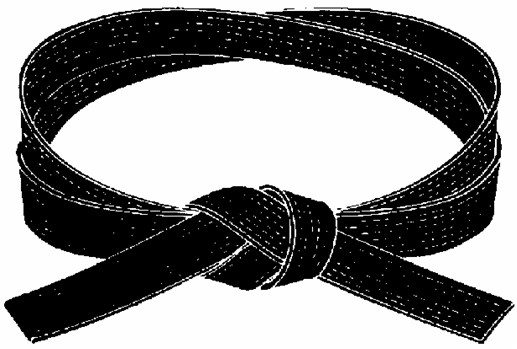Shikaku (Eligibility Requirements)
To be eligible to test for sandan, a candidate must meet all of the eligibility requirements listed below:
| n | A minimum of twenty-four (24) months training in Shimabukuro-ha Shitō-Ryū karate-dō since promotion to nidan | |
| n | A minimum age of 21 years** | |
| n | Participate in a minimum of two hundred (200) one-hour karate training classes since promotion to nidan. |
| n | Consistently exhibit satisfactory attitude and behaviour outside the dōjō | |
| n | Consistently exhibit appropriate attitude and behaviour in the dōjō | |
| n | Submit a written request for promotion testing on the prescribed form | |
| ** | Students holding ranks of sandan (3rd degree black belt) and higher are eligible to be awarded teaching licenses (menkyō), and are expected to lead and instruct yūkyūsha and yūdansha independently. Instruction in classical budō involves not just the physical skills and knowledge of budō , but the application of budō principles to daily life. A sandan must therefore possess the requisite personal maturity and experience to credibly teach and advise other adults in such matters as career and family life. |
>back to top


